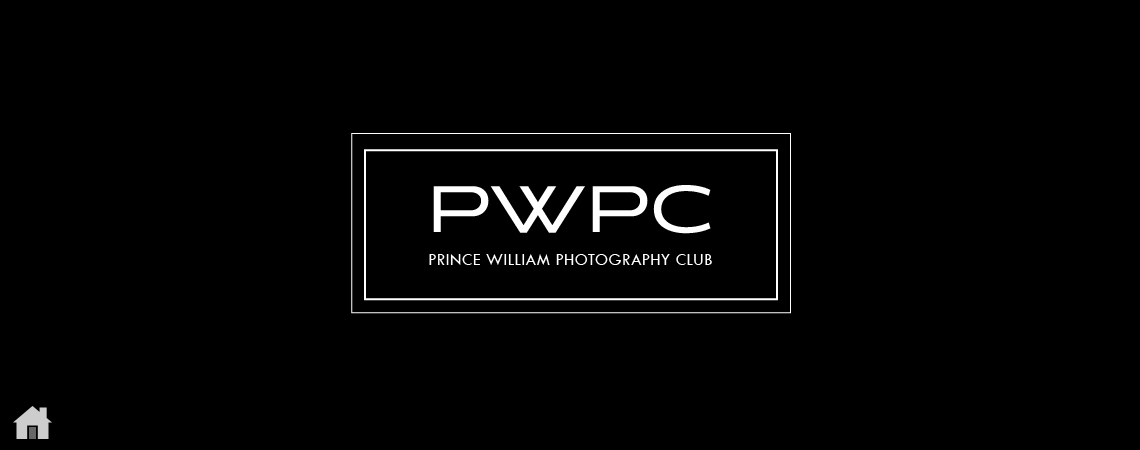Tutorial written by Nelson Pacheco
Following my previous post on photographing the moon, this is a short tutorial on photographing planets. Planet photography can be done at various levels of complexity, and can require a lot of time and expensive equipment. For the purposes of this tutorial, I will mainly restrict it to what can be done by camera club members using typical cameras.
In the moon tutorial I said that, to the camera, the moon appears really small and bright so you need to compensate for that. For planets that is also true, but planets appear even smaller, typically only slightly larger than a bright star. In fact, only four planets are visible to the average naked eye: Venus, Mars, Jupiter, and Saturn, in that order of brightness. All planets appear along the same line across the night sky, called the Ecliptic, and vary in brightness depending on how close they are to the earth in their orbits.
Since planets appear very small, it is not possible to image their detailed surfaces without powerful telescopes. For the average photographer, however, they can be shot as bright stars with cameras as simple as cell phones. Since they appear as stars, photos of planets without context can appear boring, as just a spec of light. Instead, it is better to photograph them against some foreground object such as trees, a farm house, or anything that is not so bright that it will overpower the planet. Unlike the moon, you will not be attempting to capture any detail. Therefore, the exposure settings should be driven by the foreground object. Use whatever settings you want to get a good foreground in the dim night setting, then verify that the planet is still visible. Adjust the settings to bring out the planet if it is not seen, but not so much that the foreground in saturated. I usually start with ISO 400 and 1/100s and adjust the f stop to image the foreground.
Since planet photos on their own are not usually exciting, they should be taken at special events so there is a story to go along with the photo. For example, in 2020 we had a close approach of Mars in October, something that happens every 26 months. For a few days around December 21 we had the conjunction of Saturn and Jupiter, something that has not happened since the year 1623 and will not happen again until the year 7514, when most of us will no longer be here. I have included a screen capture from Stellarium showing how both Jupiter and Saturn appeared as one planet. They appeared to the southwest, low on the horizon about 10 degrees, so you would need to be away from trees and other obstructions.
Here are some apps that can help with knowing where and when planets will be visible: First is an astronomy app showing the night sky at any time and any location. There are a number of them, but I use Stellarium, which is free. Another app is the free version of Sky View, or any number of other similar Augmented Reality apps that show you the stars as you point your phone to them. Warning, for most of these apps you need to first calibrate your phone’s GPS by performing 3 to 6 exaggerated figure 8s with your phone at arm’s length and flipping it upside down as you do half of the figure 8. I’ve learned this through hard knocks. One final application, good for any astro venture, is Clear Outside that does a good job of telling you how much cloud cover there will be on any given night for about a week in advance. Be sure to set it to local conditions, because the default is somewhere in the UK with almost constant cloud cover.
The best places to observe planets and other dim objects is away from city lights and obstructions. This is a real challenge in our area of Northern Virginia, but the closest I have found with reasonably dark skies is around Merrimac Farm in the Aden/ Nokesville area. There are some public dirt roads just off Fleetwood Drive where I have been able to pull off and take some good shots, especially of the Milky Way. That will be the topic of the next and last tutorial. The Northern Virginia Astronomy Club (NOVAC) hosts a monthly star gazing party at C.M. Crockett Park in Fauquier County, which is held open past closing time for public viewing. Check novac.com for their schedule. Other dark areas, further away, are several in West Virginia and the premier dark sky park in the eastern US at Cherry Springs State Park in Pennsylvania.

The above photo of Jupiter and Saturn approaching each other was taken with my Samsung cell phone.

Mars taken with my ETX90 telescope 
Mars at closest approach, above farm houses in Nokesville, VA. 
Jupiter and its four Galilean moons, taken with my ETX90 telescope
Also included are photos of Mars, Jupiter and its moons, and Saturn that I took with my Sony A7ii, a 210mm lens while using my ETX90 telescope which has 90mm aperture, and an equivalent focal length of 1250mm. The moons of Jupiter cannot be photographed with a standard camera lens, but I am including the photos to show what you can get with a fairly beginner’s telescope. Even at that aperture, it is very hard to capture any detail.
Thanks for reading, and I hope you get some good planetary shots!
